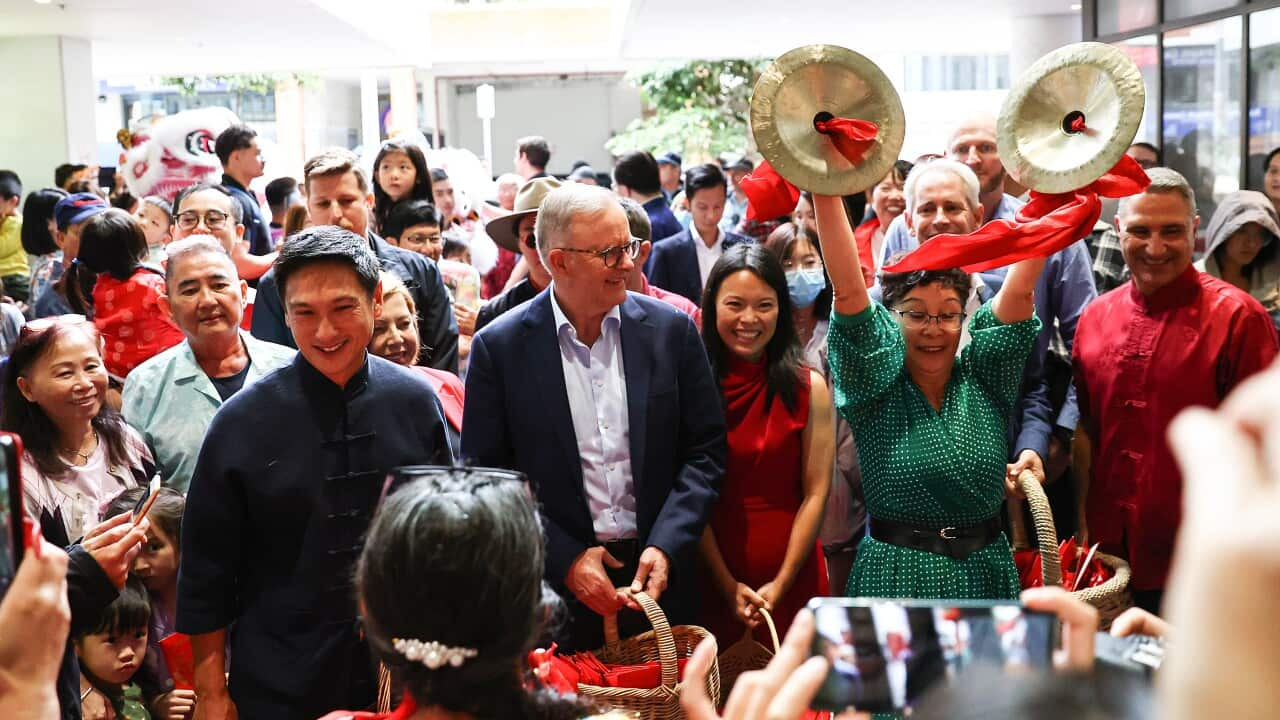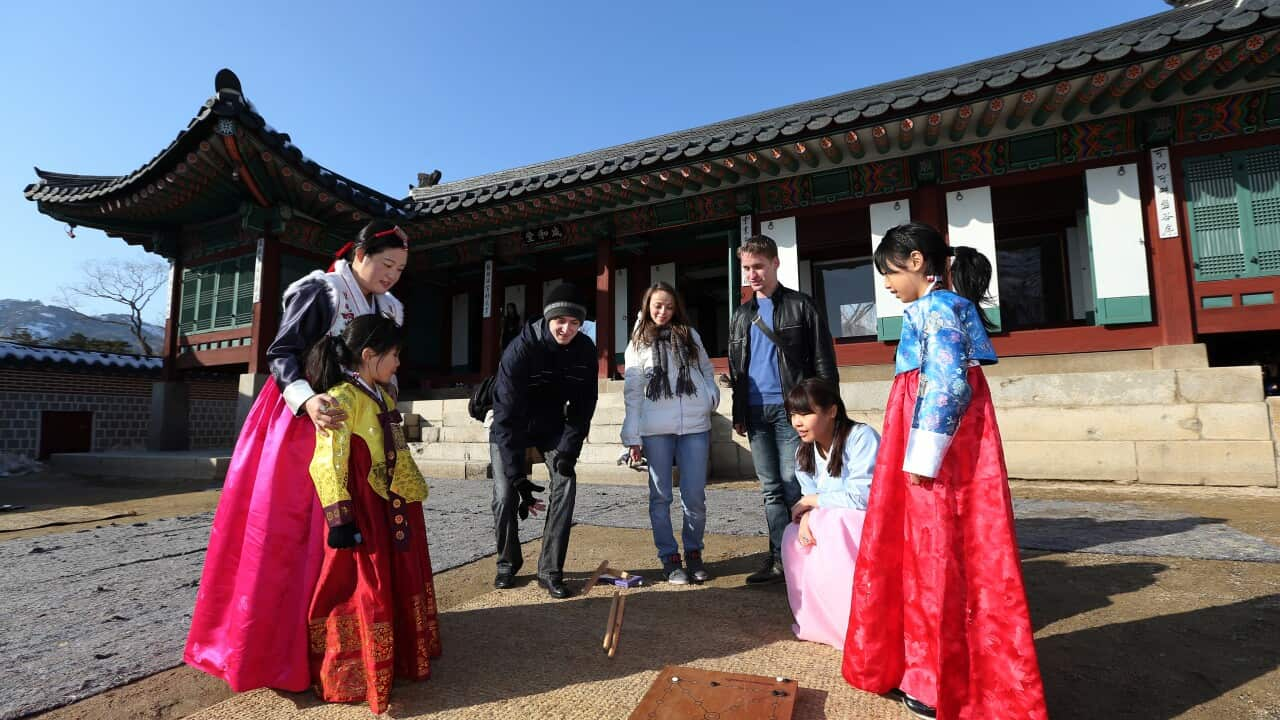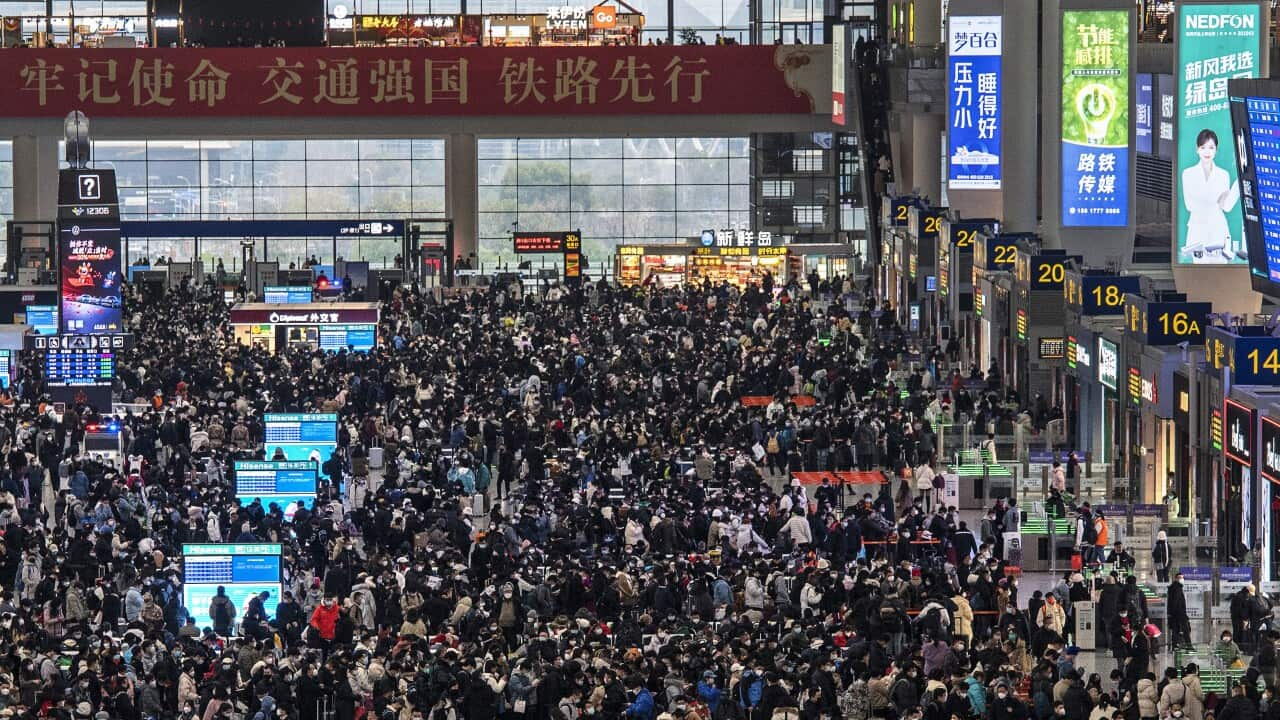Lunar New Year celebrations are in full swing as the world ushers in the Year of the Rabbit and the Year of the Cat.
While celebrations of the Lunar New Year can be traced back in Chinese history - as early as the period of legendary Chinese ruler Emperor Yao (2356-2255 BC) - this annual festival is now marked by more than a quarter of the world's population from different cultural backgrounds.
Although different cultures share the same New Year's Day, people around the world mark the occasion very differently with distinctive traditional practices.
How is Australia celebrating?
In Australia, Sydney is hosting what it claims to be the biggest festival outside Asia, with more than 80 events over the 16-day celebration.
Dragon boat races are the centrepiece of opening and closing ceremonies in the harbour city and public spaces have been transformed into open air galleries.
The celebrations include concerts, exhibitions, tours and banquets throughout the celebrations and artists will hold roving performances through Haymarket.

Sydney is hosting what it claims to be the biggest Lunar New Year festival outside Asia, with more than 80 events over the 16-day celebration. Source: AAP / STEVEN SAPHORE
"We're hopping into the Year of the Rabbit with a fabulous festival that will breathe new life into the area, helping businesses make the most of pent-up demand," Ms Moore said.
Prime Minister Anthony Albanese and Labor Member for Reid Sally Sitou attended celebrations in Burwood on Sunday.
"For me, Lunar New Year is all about community, family, and of course, delicious food," Ms Sitou said.

Prime Minister Anthony Albanese and Member for Reid Sally Sitou attended Lunar New Year celebrations in Burwood, Sydney. Source: AAP / JEREMY NG
Lion dancers are staging performances across Melbourne's central business district including galleries, museums, restaurants, Queen Victoria Market.
Brisbane's festivities are being held in Fortitude Valley while other capital cities are hosting street parties, performances and exhibitions until 4 February.
The Year of the Rabbit or the Year of the Cat?
In Chinese mythology, the rabbit — the fourth of the 12 signs of the zodiac — stands for harmony and longevity.
In China, the Year of the Rabbit started at midnight on Saturday.
Vietnamese communities celebrate the Year of the Cat rather than the Rabbit.
According to the twelve zodiac signs in Vietnamese culture, 2023 is the Year of the Cat, rather than the Rabbit. The first day of the Lunar New Year is called Tết Nguyên Đán.
COVID-19 concerns linger in China
This is the first New Year celebration since China's government lifted the country's strict coronavirus measures, allowing millions of families to reunite in person this weekend for the first time in three years.
Authorities expect nearly two billion passenger trips during the total 40-day travel season, which is still about 70 per cent of the pre-pandemic travel volume.

People pray at the Chinese temple during the Lunar New Year celebrations in Bangkok's Chinatown. Source: AAP / Sipa USA
While the coronavirus situation in major cities like Beijing and Shanghai has already largely returned to normal after December's swell in infections, the test of endurance in the provinces is yet to come.
Local health care in these areas is only very rudimentary, and modern hospitals are often several hours away by car.
Rural areas are also home to mainly older population groups who have so far received inadequate vaccination protection: according to state media, 25 per cent of people over 60 are unvaccinated.
On Wednesday,, but urged perseverance, saying "light is ahead".
"China's COVID prevention and control is still in a time of stress, but the light is ahead, persistence is victory," Mr Xi said in a greetings message carried by China Central Television.
"I am most worried about the rural areas and farmers. Medical facilities are relatively weak in rural areas, thus prevention is difficult and the task is arduous," Mr Xi said, adding that the elderly were a top priority.

People select decorations in Wuhan City in central China's Hubei Province for the festivities. Source: AAP / AP
Hospitalisations rose by 70 per cent on the previous week to 63,307, according to the WHO, citing data submitted by Beijing.
But in a news conference on Thursday, health officials said the number of COVID patients reporting to hospital had peaked with more than 40 per cent fewer people being treated with critical conditions on Tuesday compared with a peak on January 5.
China said last Saturday almost 60,000 people with COVID had died in hospitals between December 8 and January 12 - a roughly 10-fold increase from previous disclosures.
That number excludes those who died at home, with some doctors in China saying they are discouraged from putting COVID on death certificates.
For more information and stories about Lunar New Year, go to












